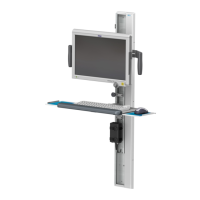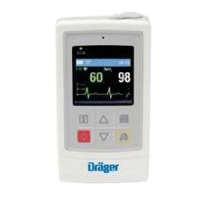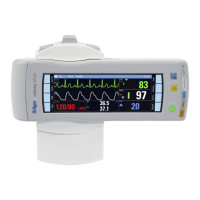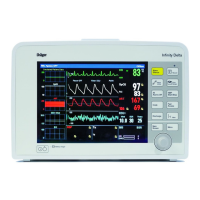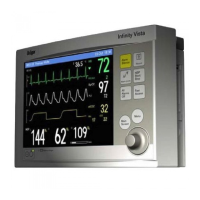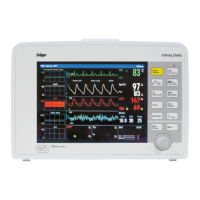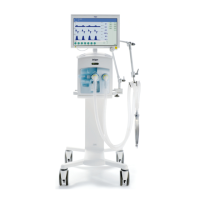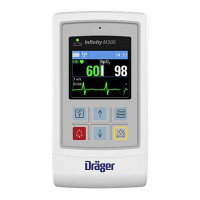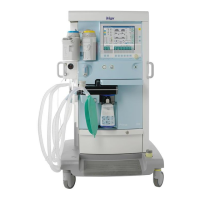Why is the CO2 level elevated with the waveform baseline in Dräger Infinity C500 Medical Equipment?
- JJeremiah LopezAug 9, 2025
Elevated waveform baseline with a corresponding increase in CO2 level in Dräger Medical Equipment can be due to rebreathing. This may stem from using a disposable airway adapter when the Cockpit is configured for a reusable type, a contaminated airway adapter, CO2 zero drift, insufficient expiratory time, a faulty expiratory valve, inadequate inspiratory flow, malfunction of a CO2 absorber system, or partial rebreathing circuits.


